Anti-UV Masterbatch
Aria Polymer Anti-UV additives, known as Aria Add Anti-UV Masterbatches are formulated for PE and PP based products with specific applications; This product contains a combination of different anti-UV additives; they also have different life time depending on various applications they offer. These additives are cost-efficient and work well in small quantities.

The aging of natural and artificial polymeric materials, also called weathering, is a natural phenomenon in polymer products. Main environmental parameters influencing the degradation of polymeric materials are:
- Solar Radiation
- Temperature
- Moisture
- Atmospheric gases, pollutants, etc.

Since plastics are not usually pure polymers, they are formulated with pigments and additives that affect the weathering processes. In many cases, these materials improve weathering performance, but in some cases additives compromise weathering performance. It’s also worth noting that water vapor, pollutants, and blowing dust in the atmosphere greatly affect the percent of direct radiation reaching the earth’s surface.
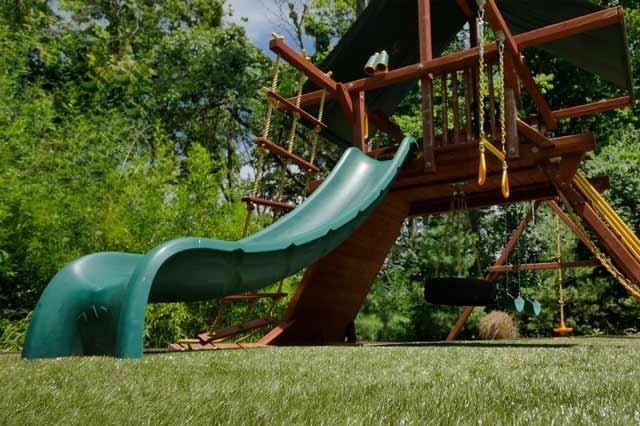
One of the most important reasons causing degradation of plastics is UV radiation. Physical changes resulted from being exposed to the environment are initiated by chemical bond breaking reactions caused by the absorbed UV-light. Molecular structures which form different polymers, are tender to radiation they may absorb.
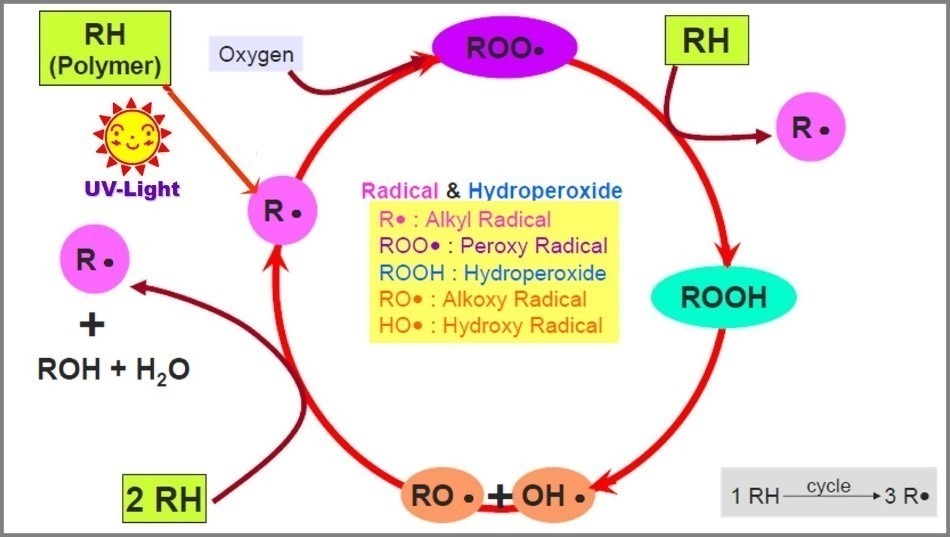
UV radiation is a small portion of the solar spectrum outside the visible range; these are divided down into three different bands: UVA, UVB, and UVC. UV-B and UV-C are mainly absorbed in the atmosphere. The wavelength of UV-A radiation is between 320 and 400 nm and Ozone absorbs very little UV-A, so it is within the UV wavelength range, which is a major concern in natural weather.
- The amount of light energy striking a material in outdoor spaces depends on the wavelength and the intensity of light, and also the angle of radiation.
- The amount of light that passes through is affected by what is filtered. This, of course, changes with different times of the year and affects cloud cover patterns.
- Light that damages a polymer surface is basically either reflected or absorbed from the surface. The fate of absorbed light is important in the weathering process.
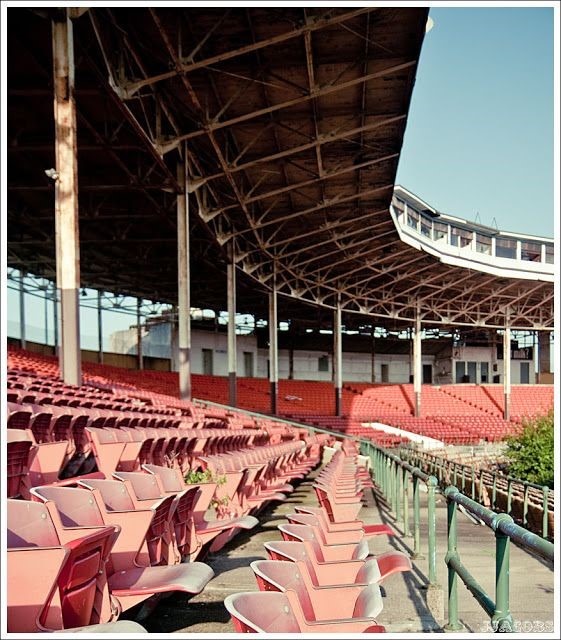
The result of degradation characteristics of a material as a result of radiation depends on:
- Degradation depends on the nature and the inherent stability of the material backbone;
- The wavelength of radiant absorbed by material;
- Whether or not that absorbed radiation has enough energy to cause a chemical change, which could lead to material degradation.
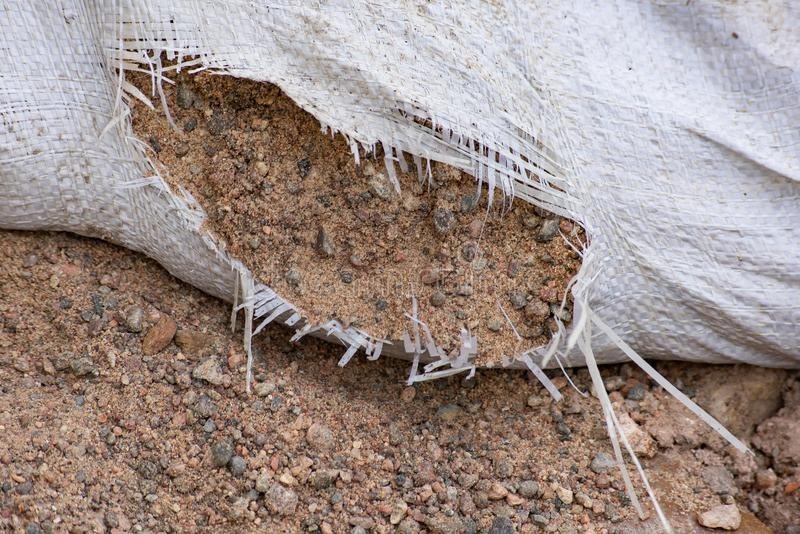
It takes several years to witness measurable changes in plastics under exposure of UV radiation. This is an important approach, so some subtropical areas having extreme climate are usually chosen for UV radiation tests. But, looking for ways to accelerate destruction, scientists started to introduce a method developed to expedite outdoor exposure using laboratory tools. Artificial weathering devices use artificial light sources to simulate natural tests so they can measure resistance of the products in different climate situation. These tests provide reliable data over a shorter period of time than that of the outdoor tests do.
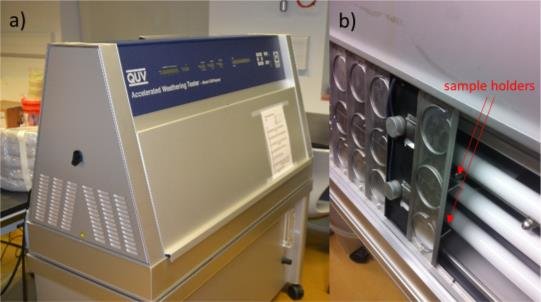
Photon energy is highly proportional to the wavelength. The ultraviolet portion of solar energy, with the shortest wavelength radiation causes yellowing but long wavelength UV is primarily responsible for degradation of physical properties, such as tensile strength and impact strength.
Over the time, the polymer structure changes under UV radiation. These changes can be evaluated in FTIR by measuring carbonyl index and measuring the amount of different groups in the structure. The change in polymer appearance with UV radiation is mainly evaluated by measuring the yellowness index and optical tests. Recording changes in physical and mechanical properties, such as tensile strength, impact strength and elongation of the material can also indicate material degradation by UV irradiation over time.
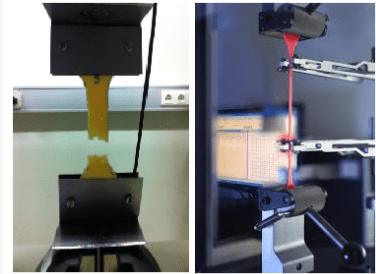
The use of UV stabilizer masterbatch can limit the amount of harmful UV radiation causing degradation of plastics. Thus, the addition of UV stabilizers can come across as an expensive way to increase product life and Anti-UV masterbatch assures excellent performance and stabilize the mechanical properties and elongation. There are three types of stabilizers: UV Absorbers, HALS and Quenchers
UV-Absorbers
These products mainly act by absorbing the UV-radiation and dissipating it into thermal energy, thus preventing its absorption by the polymer.
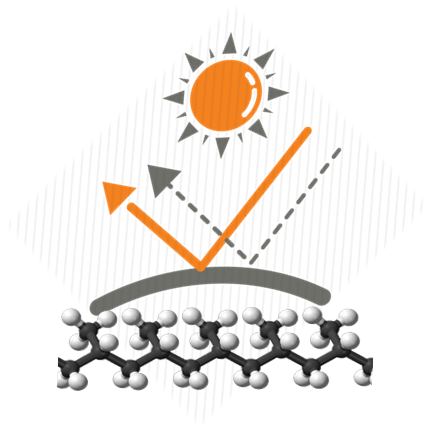 HALS (Hindered Amine Light Stabilizers)
HALS (Hindered Amine Light Stabilizers)
This is the most modern class of UV stabilizers. They mainly act by “free radical scavenging”, by interrupting the propagation of chain reactions that cause degradation of the polymer, thus retarding the ageing process.

HALS efficiency is largely independent of particle thickness; this means that they can be used where they provide the least protection. They can prevent surface detects e.g. cracking or reducing gloss in transparent articles; they can also protect pigmented surfaces from discoloration. As a result, they can protect properties from physical and mechanical defects.
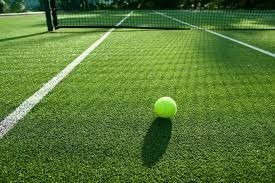
Quenchers
Quenchers deactivate excited states of chromophoric groups in polymers before bond scission occurs. Nickel stabilizers are believed to function as energy transfer agents.
UV stabilizer additives are widely used in many applications such as automotive components, agricultural and greenhouse films, fibers, textiles, packaging, transportation, pipes and fittings, outdoor and other polymer components that are commonly used in applications where outdoor or indoor light exposure is a concern.

Different polymers such as synthetic rubbers, polyolefin and a variety of the other polymers are often treated with UV stabilizers or have the Anti-UV masterbatch mixed with their process of manufacturing. Depending upon the specific needs of the product and the way the stabilizer functions, it is added in different concentrations in various products. Especially, when a stabilizer is combined with a product by taking proper care, the lifetime of the final product is significantly extended.

In order to achieve the desired quality product from the customers’ point of view, designing the right formula for these masterbatches is very important. So, selecting the optimum composition for stabilizing the specific product against light, factors such as the type of polymer, the thickness of the product, the presence of other additives and especially pigments must be taken into account.
Anti-UV Masterbatches of Aria Polymer Pishgam Company
We have designed Aria Add 2173 and Aria Add 2176 for polyethylene based and Aria Add 2273 for polypropylene based products.
- These masterbatches cause color stability and permanency of physical and chemical properties of polymer productions.
- Using Aria Add 2273 causes very good UV protection and avoids significant physical and mechanical degradation of polypropylene matrix; it specifically improves jumbo bag’s color stability and increases its life time.
- Aria Add 2176 and Aria Add 2173 is an Anti-UV masterbatch as light stabilization system giving very good UV protection to polyethylene.
Feel free to be in touch with us for purchase or any advice.
📲 +989120701632
